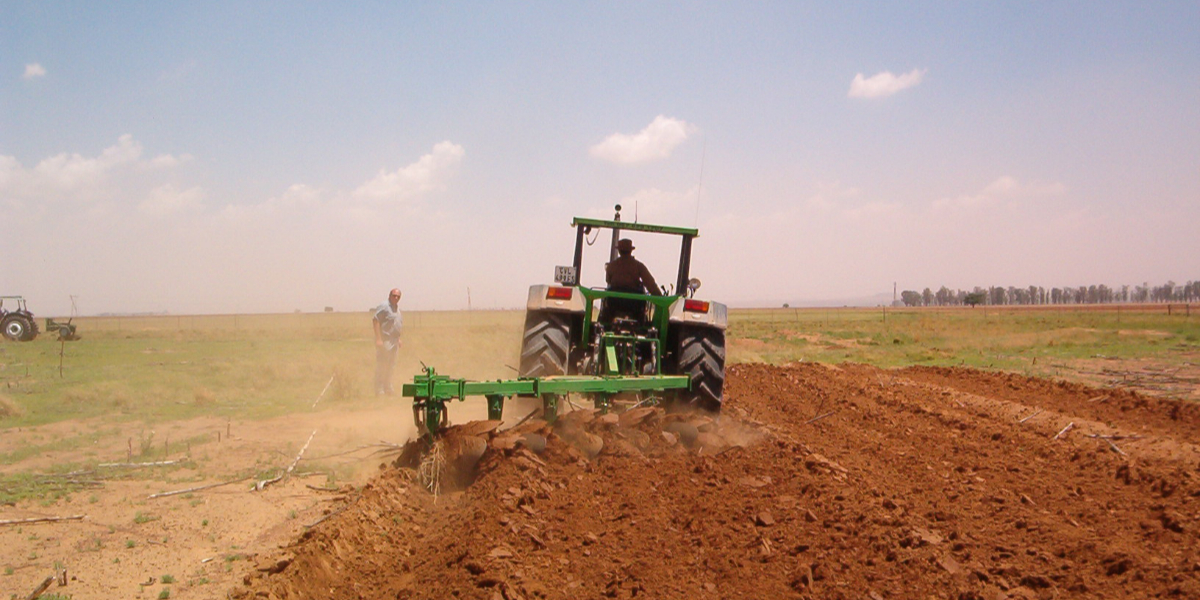Ukraine: Kyiv’s fight for justice over alleged Russian war crimes
Ukraine's fightback against Russian aggression takes place not just on the battlefield,...

Boris lights a cigarette now and again, nervously smoking away as he watches employees on his farm remove and fix plugging machine parts.
“The choice to keep sowing and working was based on the reality that you need to labour in order to pay workers’ salaries, as well as the people from whom I rent this land,” he explains. Boris has asked that his last name not be used in this tale.
Despite the fact that much of the Odesa region on Ukraine’s Black Sea coast has escaped the worst of the conflict, nothing is guaranteed.
Russian troops seized the city of Kherson 200 km (125 miles) to the east and its navy is believed to have up to 30 war ships stationed in the waters, from where they fire missiles on land and threaten to stage an amphibious landing.
Russian soldiers took Kherson, 200 kilometres (125 miles) to the east, and the Russian navy is thought to have up to 30 warships stationed in the waters, firing missiles at land and threatening to stage an amphibious landing.
Boris, who is 38 years old, sent his wife and two sons abroad to avoid a possible occupation. He stayed during the war to keep the farm going, and as he unlocks a massive warehouse the size of two or three football fields, he exposes how difficult his job is.
About 1,000 tonnes of black sunflower seeds, which are used to manufacture cooking oil, are stored in a large pile. Ukraine exports the most seed oil in the world.
Catch all the Business News, Breaking News Event and Latest News Updates on The BOL News
Download The BOL News App to get the Daily News Update & Live News.